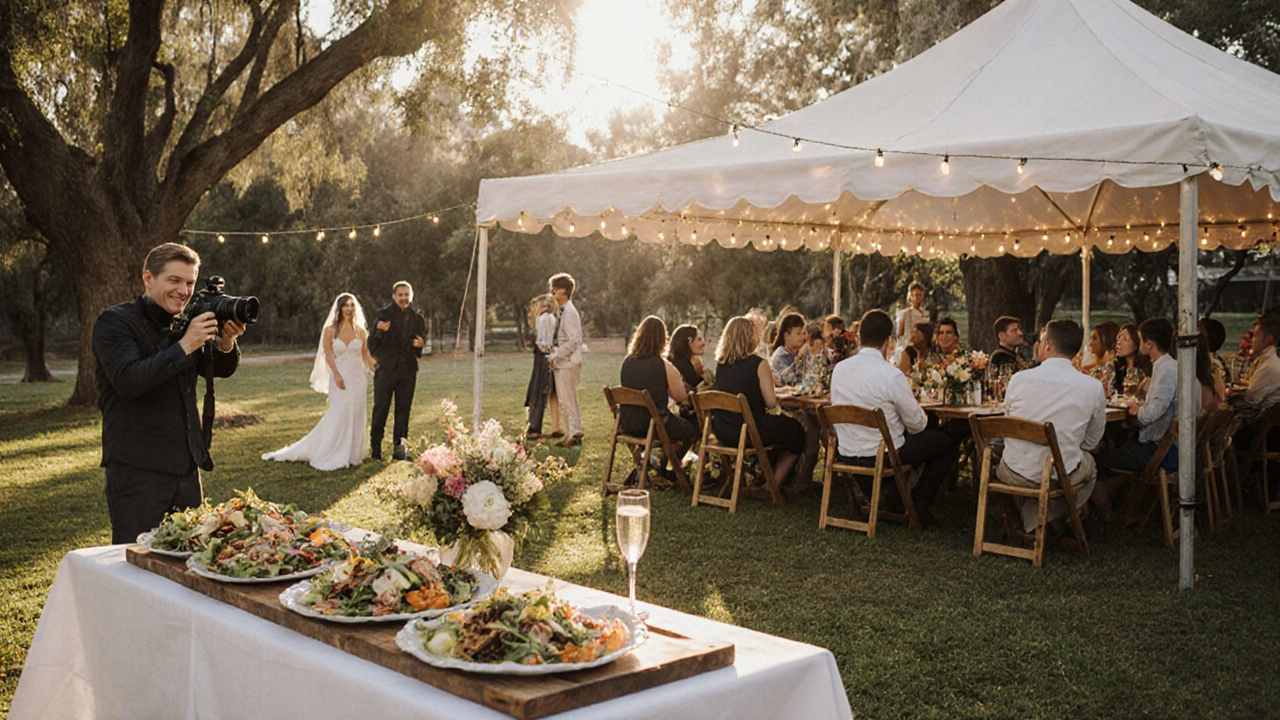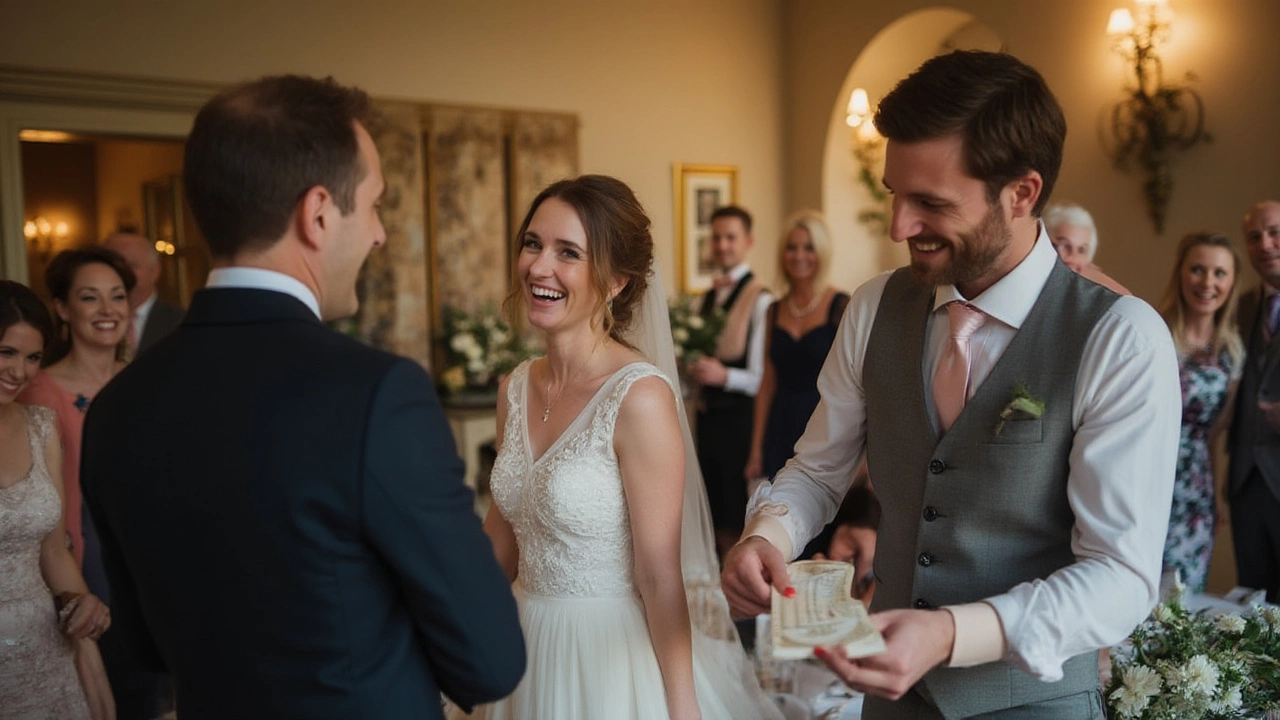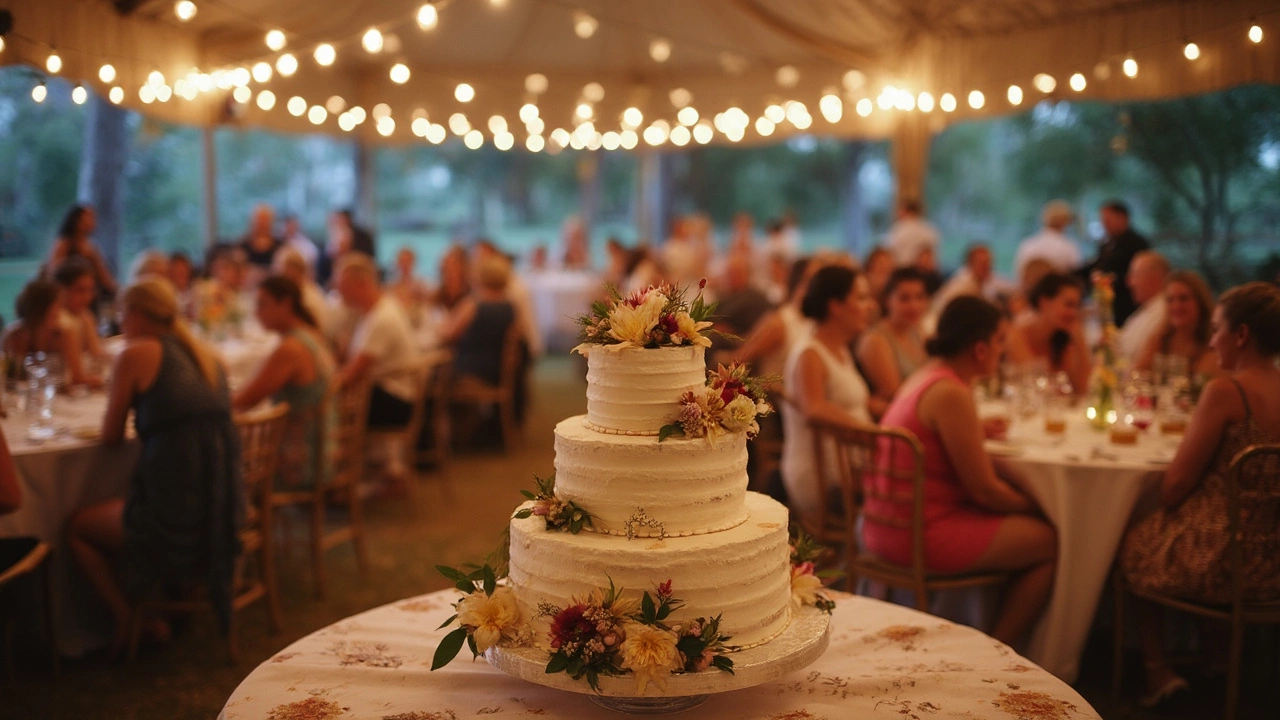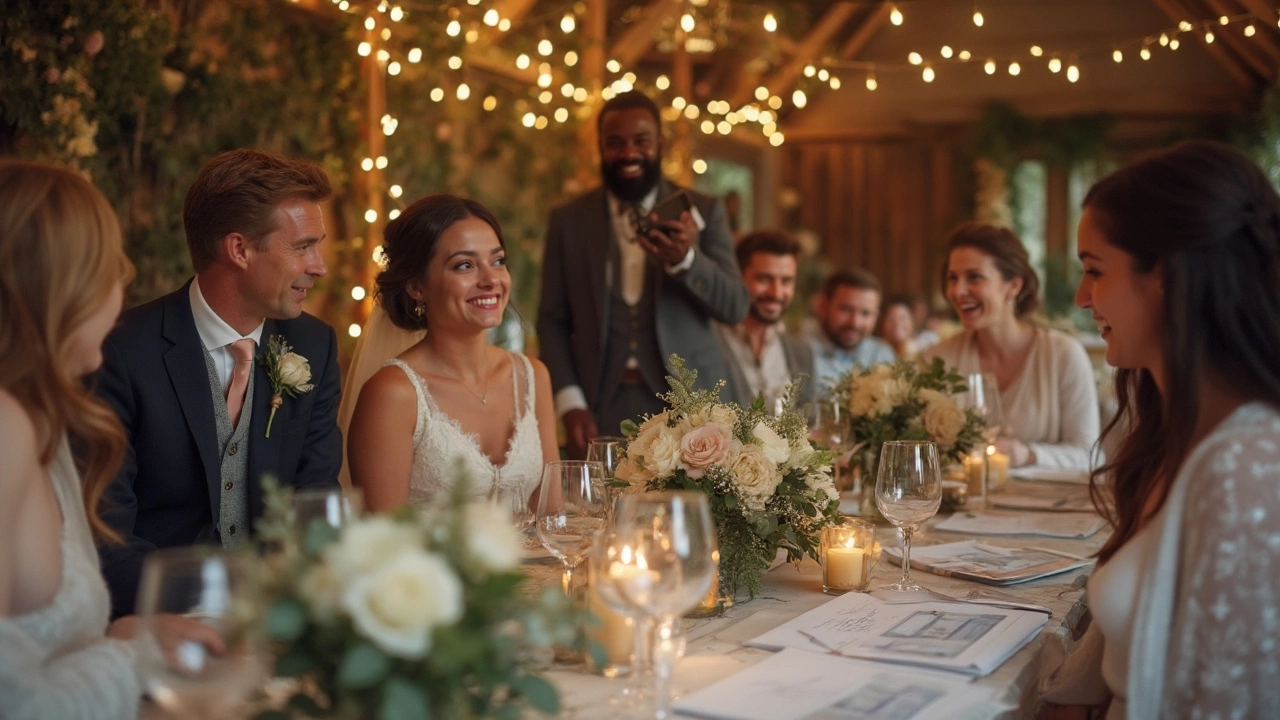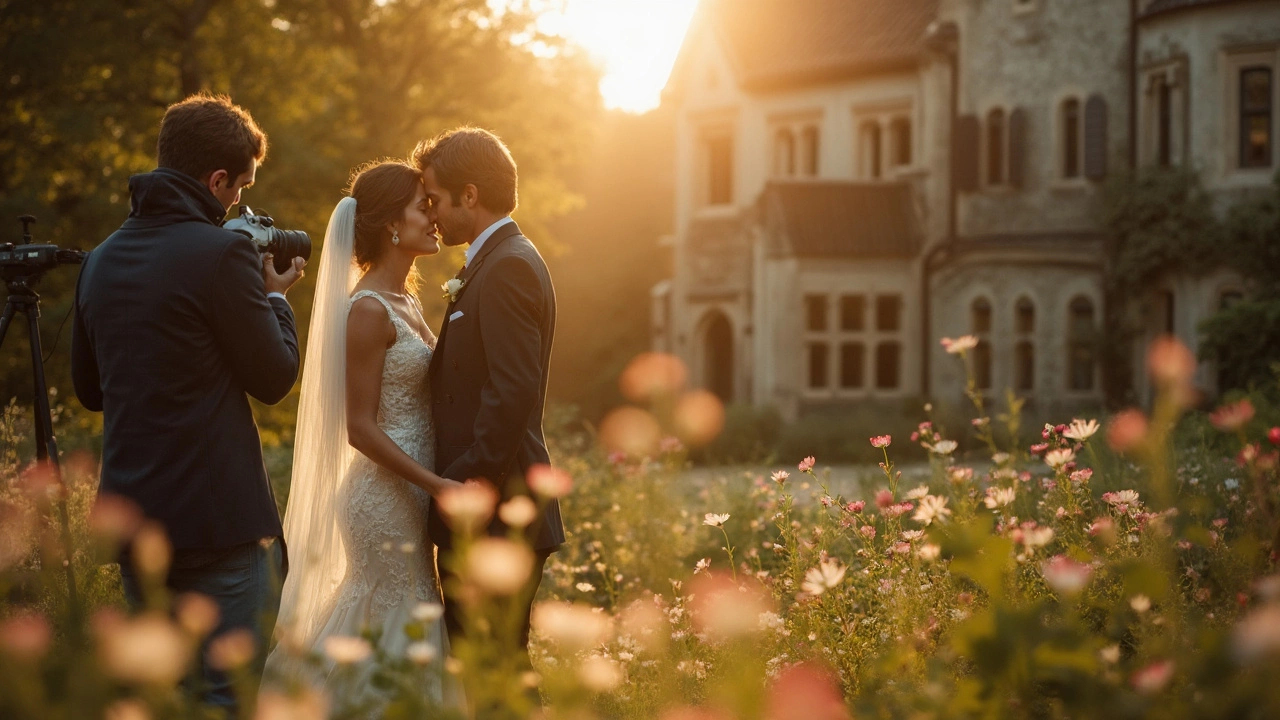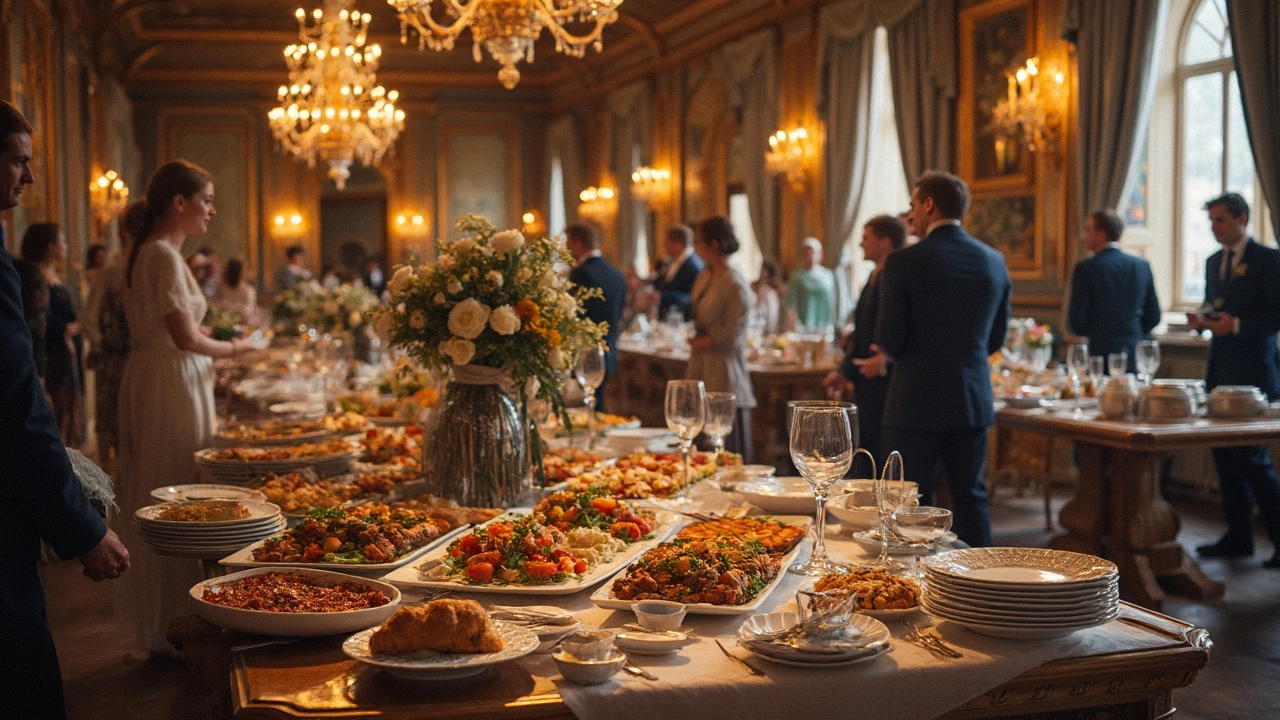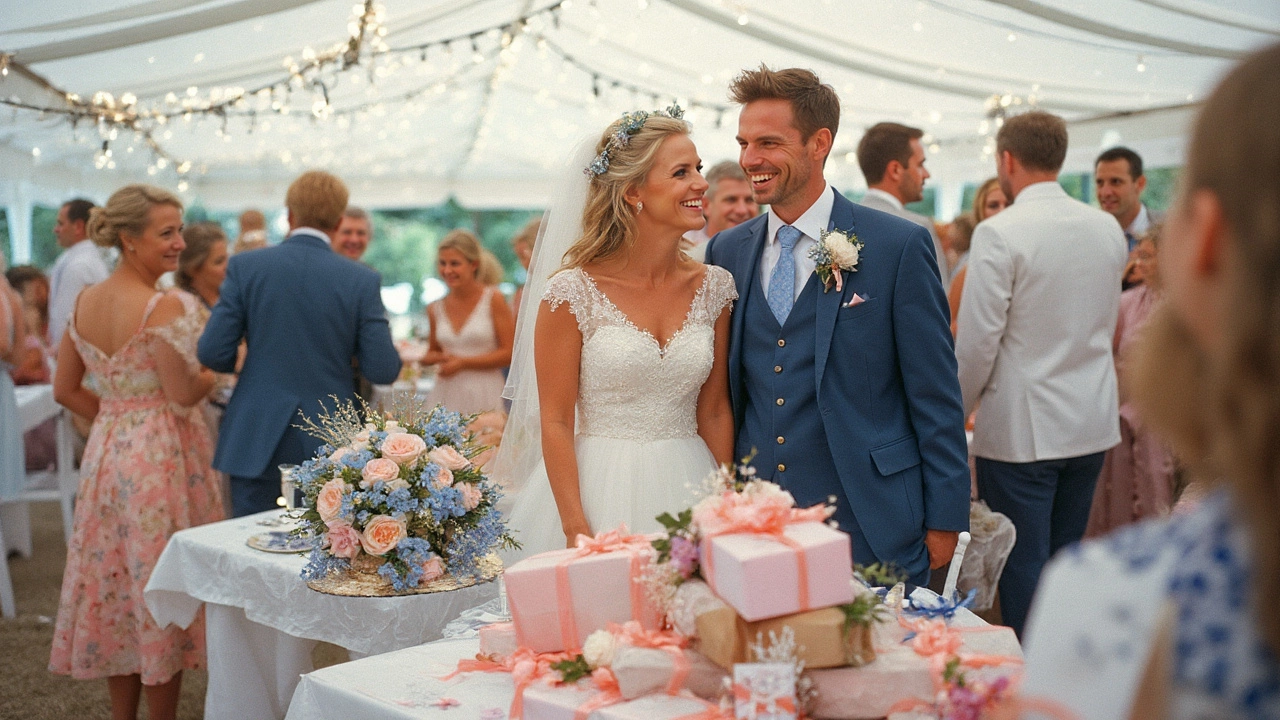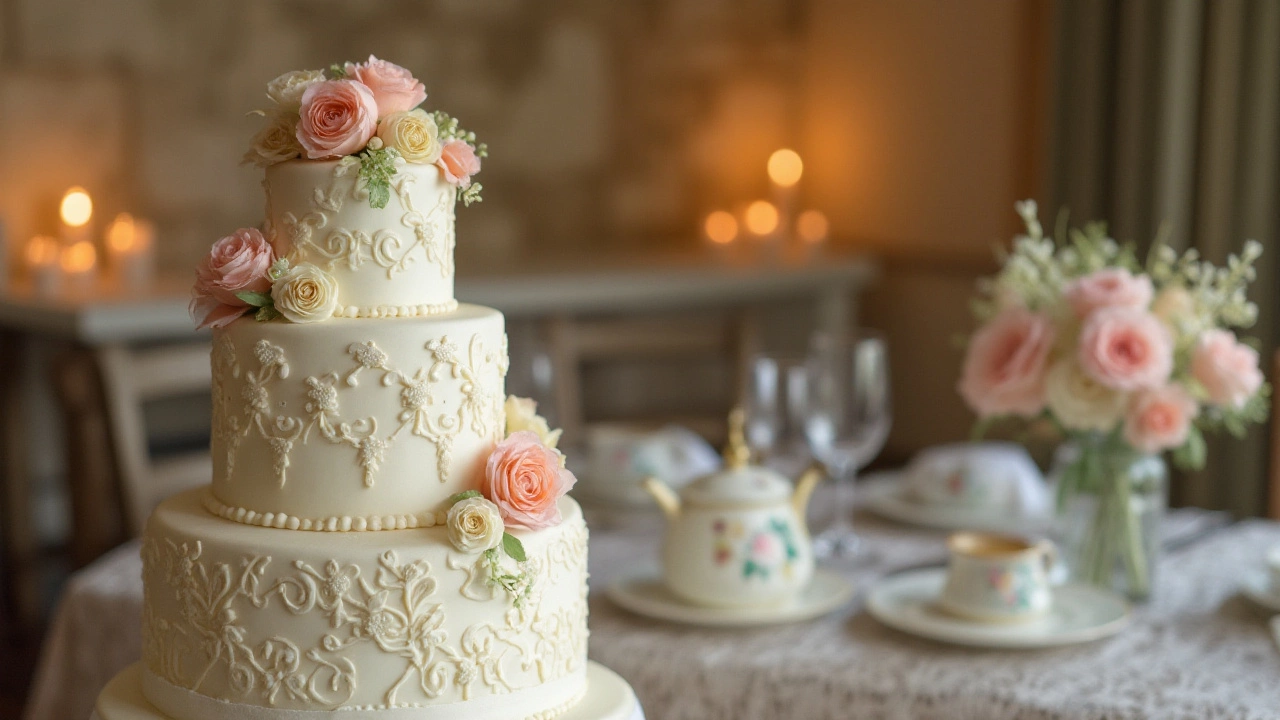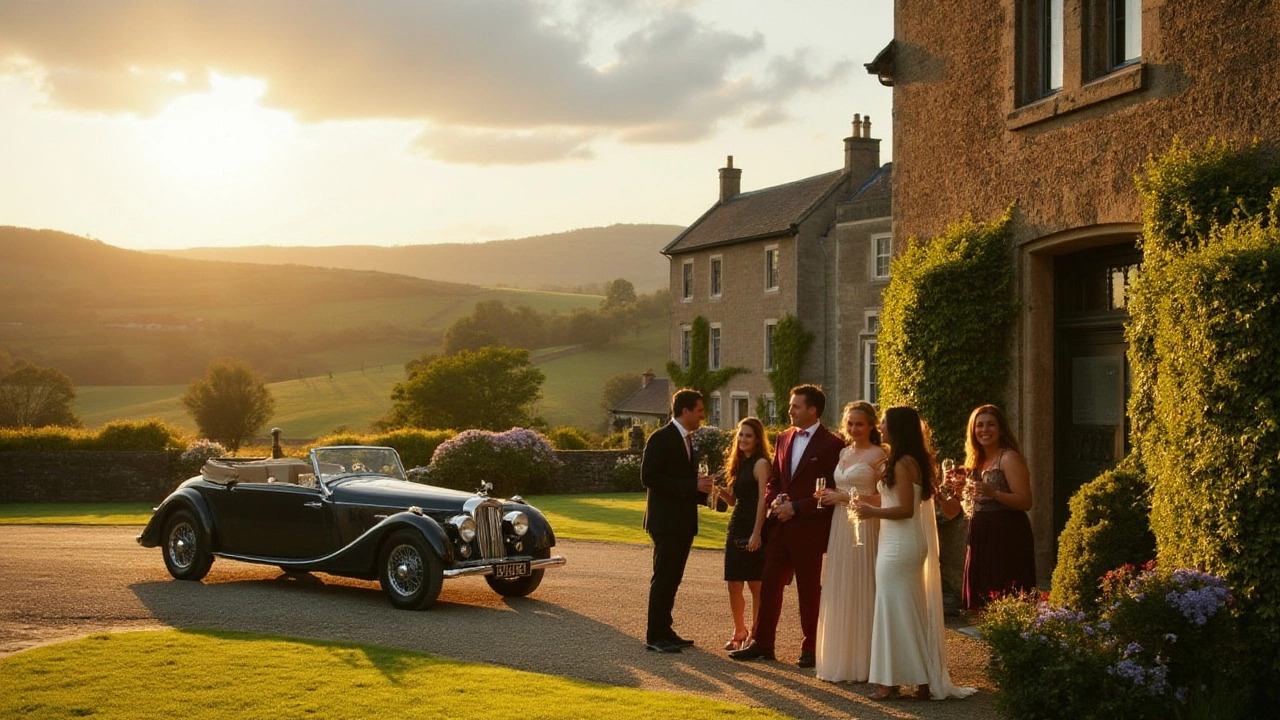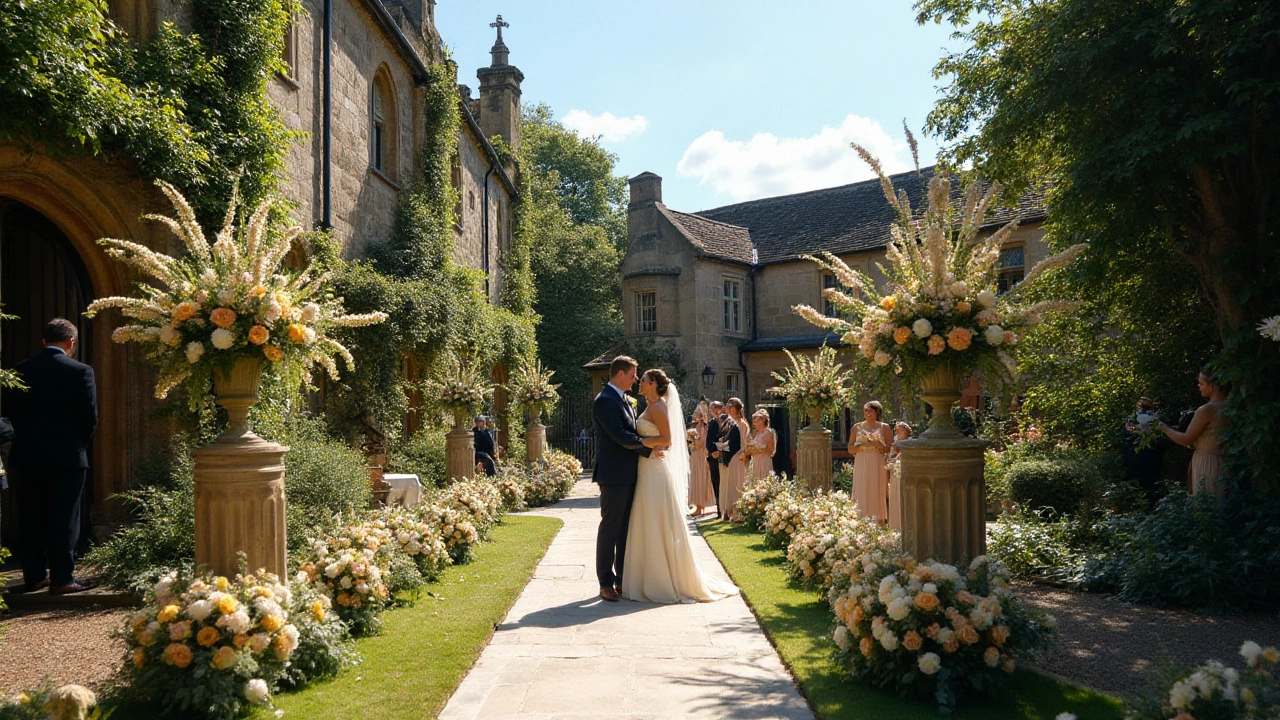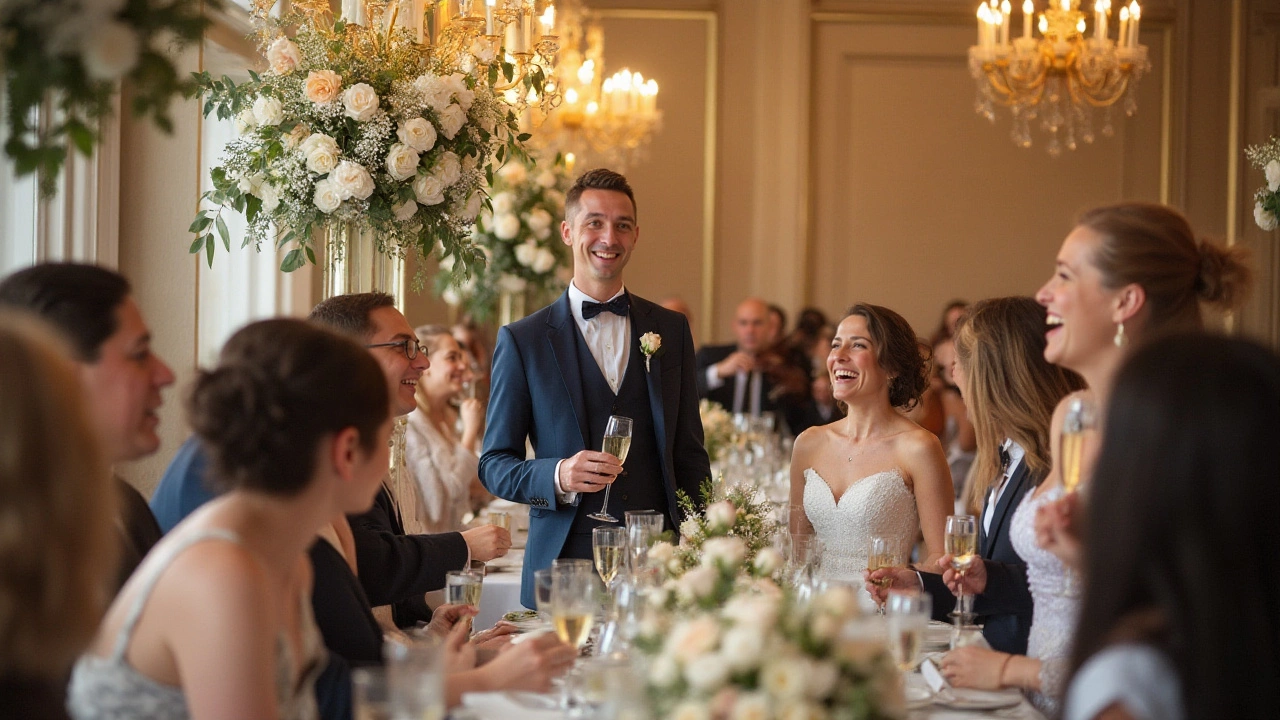Wedding Budget Essentials: How to Spend Smart and Celebrate Big
Planning a wedding is exciting, but the numbers can feel overwhelming. The good news? You don’t need a millionaire’s wallet to have a day you’ll love. Start by asking yourself three questions: How much can you afford? What are your non‑negotiables? Where can you be flexible? Answering these up front shapes every decision that follows.
Plan Your Budget Smartly
Grab a spreadsheet or a budgeting app and break your total into categories – venue, dress, food, photography, flowers, and a little “just in case.” A common rule of thumb is to allocate 40% to venue and catering, 15% to attire, 12% to photography, 10% to flowers and décor, and the rest for entertainment, transport and unexpected fees. If you’re aiming for a $10,000 wedding, the numbers look something like this:
- Venue & food: $4,000
- Dress & veils: $1,500
- Photography: $1,200
- Flowers & décor: $1,000
- Other (music, transport, misc.): $1,300
Seeing the dollars in front of you makes trade‑offs clearer. For example, you might choose a beautiful Cotswold barn (often cheaper than a city hall) and spend a bit more on a custom veil from our boutique to keep that bridal sparkle.
Save Without Sacrificing Style
Here are three tried‑and‑true ways to stretch your budget while keeping the wow factor:
- Prioritise key moments. Spend where it matters most – think photographer hours during ceremony and reception, or a striking dress that makes you feel confident. You can skim on extras like a full‑day photo package; a skilled photographer can capture the highlights in 6‑8 hours.
- Get creative with décor. Instead of pricey imported flowers, use locally sourced blooms or seasonal greenery. A few well‑placed candles and a simple draped backdrop can look luxe without the cost.
- Consider DIY where it fits your skill set. If you enjoy baking, a modest but beautifully decorated cake can replace a designer confection. Or enlist a talented friend for music instead of a full band.
Our article “How to Make a Low Budget Wedding Look Expensive Without Breaking the Bank” dives deeper into décor swaps that still feel high‑end. And if you’re wondering how much a $10,000 ring looks like, check out “How Big Is a $10,000 Ring? What to Expect for Your Money” for real examples.
Remember to leave a buffer – 5‑10% of your total – for surprise costs like extra lighting or last‑minute guest changes. That cushion prevents stress and keeps the focus on joy.
Finally, keep communication open with your partner and families. When everyone knows the budget limits, you avoid awkward money talks later. If your parents ask about who pays for the bar, our post “Does the Groom’s Family Pay for Alcohol? Real Talk on Wedding Traditions” offers a balanced perspective.
Budgeting isn’t about cutting fun; it’s about directing your money where it matters most. With a clear plan, smart priorities, and a few clever hacks, you can have a wedding that feels lavish without blowing your savings.
Ready to start? Pull up a notebook, set your total limit, and begin allocating. You’ll be surprised how much you can achieve when you focus on the moments that truly matter.
Most Expensive Wedding Item: Where to Spend Your Budget
Discover why wedding décor often deserves the biggest budget slice, how to allocate funds wisely, and real‑world tips for a stunning, cost‑effective celebration.
Read moreIs $10,000 Enough for a Wedding? Budget Breakdown & Practical Tips
Discover if $10,000 can fund a wedding in Australia and learn how to allocate, stretch, and plan every expense with real examples and a practical checklist.
Read moreIs $50 a Good Tip for Your Wedding Photographer? Real Talk on Tipping Etiquette
Wondering if $50 is a good tip for your wedding photographer? We break down real numbers, Aussie etiquette, and pro insights so you can show your gratitude right.
Read moreWedding Cake Costs for 150 Guests in Australia: What You Need to Know
Get a clear breakdown of wedding cake costs for feeding 150 guests in Australia, plus tips and real-life numbers to help plan your budget.
Read moreWedding Photographer Pricing: What’s a Fair Price to Pay?
Figuring out what’s a good price for a wedding photographer can feel overwhelming, especially with so many styles, packages, and hidden costs to juggle. This article breaks down what photographers usually charge, what affects the cost, and when it’s smart to spend a bit extra—or hold back. Get real prices, tips for smarter budgeting, and pointers so you don’t pay too much or miss out on the skills you want. By the end, you’ll know exactly what to expect, what’s worth splurging for, and how to avoid the sneaky fees that surprise so many couples.
Read moreIs an Expensive Wedding Photographer Worth It?
Choosing a wedding photographer can be a tricky decision, especially when faced with varied price ranges. Is splurging on an expensive photographer justified? Dive into the reasons why prices differ and what you truly get with a higher cost professional. Get practical tips on balancing quality with budget, ensuring you make a wise investment for your special day.
Read moreWhy Does Wedding Catering Cost So Much?
Ever wonder why wedding catering takes such a big chunk of your budget? From ingredient quality and staff wages to hidden logistical challenges, several factors contribute to the final price tag. Understanding these elements can help in budgeting more effectively and even finding ways to save. Let's dive into what makes wedding catering so pricey and how you might manage the costs more efficiently.
Read moreIs $500 the Right Wedding Gift Amount? A Fresh Look at Modern Traditions
Is a $500 wedding gift too extravagant, or just about right in today's world? This article delves into the factors that determine the 'right' amount to give, considering modern wedding expenses and cultural norms. Learn how your relationship with the couple and their unique needs can influence your decision. Plus, discover why spending on wedding flowers might affect how much you're willing to give. We offer practical insights for navigating this often-confusing aspect of wedding etiquette.
Read moreBest Cost-Effective Option: Wedding Cake vs. Cupcakes
When planning a wedding, choosing between a traditional cake and cupcakes can significantly impact the budget. While wedding cakes offer a classic touch, cupcakes bring flexibility in flavors and are often more affordable. This article will delve into the cost comparison, presentation, and personalization options to help you make the best decision for your big day.
Read moreDecoding Wedding Venue Costs: What to Expect and Why
Weddings are often synonymous with romance and festivity, but they can also come with a hefty price tag. One of the largest expenses in a wedding budget is the venue. The cost of a venue can vary greatly and is influenced by factors such as location, guest count, and the chosen date. Understanding these factors can help couples allocate their budget more effectively.
Read moreIs a $100,000 Wedding Budget Justified or Over-the-Top?
In the world of weddings, the question of whether $100,000 is too much to spend has sparked endless debates. This article delves into various aspects of wedding expenses, offering insights into how this budget can impact decorations, guest experience, and overall planning. It provides interesting facts about current wedding trends and tips on making the most out of a sizable budget. Couples looking for a memorable day will find guidance to balance luxury and practicality.
Read moreCrafting a Realistic Wedding Budget: Tips & Tricks for Couples
Budgeting for a wedding can feel overwhelming, but with the right approach, couples can create a realistic plan that suits their financial situation. Understanding the typical costs involved in various aspects, from venues to catering, will help manage expectations. This article provides a breakdown of essential expenditure areas and offers tips for maintaining control over those figures. With informed choices and strategic planning, a memorable wedding day can be both beautiful and financially feasible.
Read more
